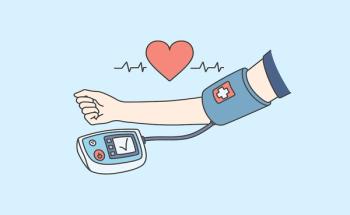
Dr Naveen Pemmaraju: PCPs Play an Important Role Treating Myelofibrosis
The local community doctor has an important role in recognizing, diagnosing, and managing myelofibrosis, said Naveen Pemmaraju, MD, associate professor in the Department of Leukemia at MD Anderson Cancer Center.
The local community doctor has an important role in recognizing, diagnosing, and managing myelofibrosis, said Naveen Pemmaraju, MD, associate professor in the Department of Leukemia at MD Anderson Cancer Center.
Transcript
Do primary care physicians frequently play a role in the diagnosis of myelofibrosis or specialist referral?
Myelofibrosis is often thought of as fairly rare blood cancer, possibly something on the order of 4 to 6 patients out of every 100,000 diagnosed in the United States. However, as with any rare or less common blood cancer, there might be more patients walking around that just haven’t been diagnosed. So, with myelofibrosis and [myeloproliferative neoplasms] in general, the community practice provider plays a very important role in both the recognition, diagnosis, and management.
Of course, I work at an academic center, and I always encourage any patient and any doctor to seek a second or even a third opinion and to be referred to a major academic center. But let’s remember that in rare diseases it’s only rare to others. But when you have that disease, it’s your disease and your body. And so, yes, I do encourage that the local community doctor has a very important role to recognize this disease, diagnose, and we can comanage together. So, that’s the model that I favor: having multiple doctors involved; academic physicians, community physicians working hand in hand for maximal patient care for patients with myelofibrosis.
Newsletter
Stay ahead of policy, cost, and value—subscribe to AJMC for expert insights at the intersection of clinical care and health economics.







































